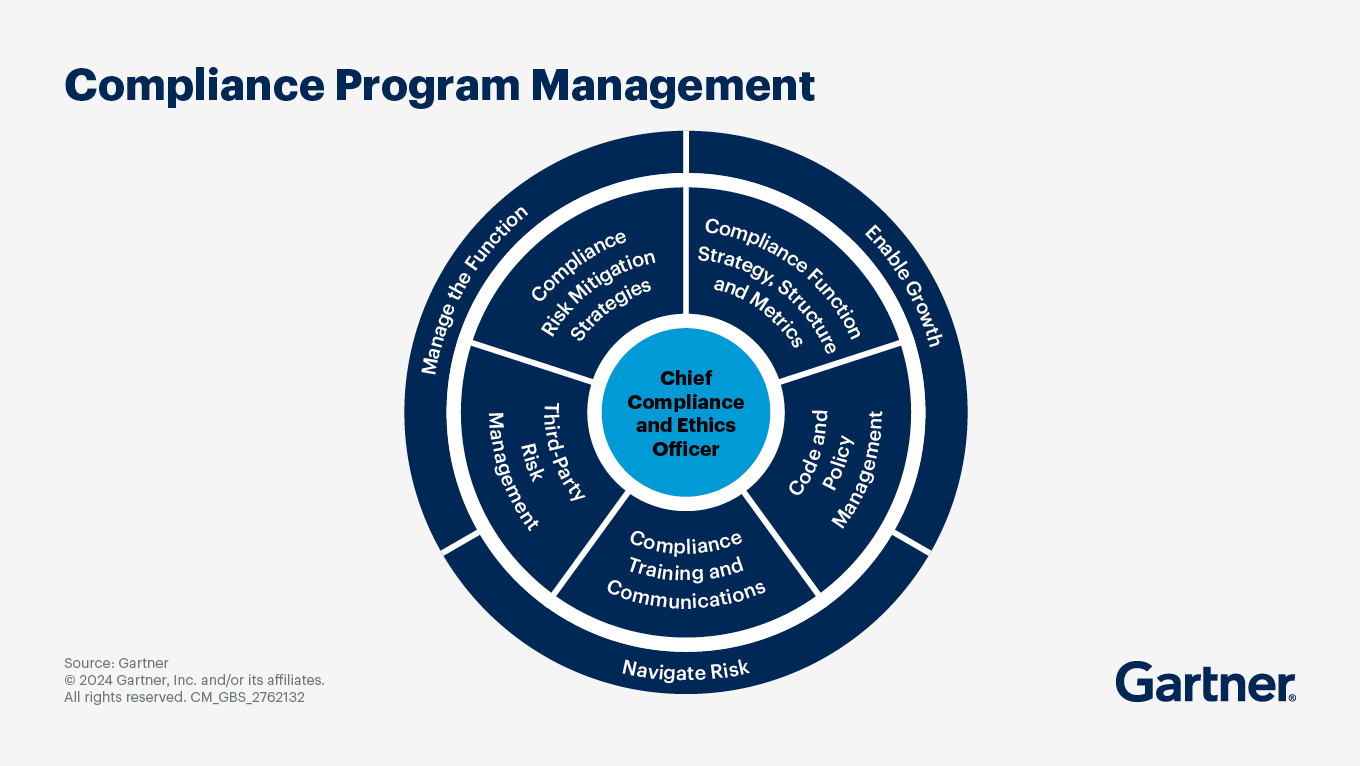
SOC 2 Compliance: The Basics and a 4-Step Compliance Checklist
In today's interconnected digital landscape, the security of customer and partner data is paramount. As a service organization, demonstrating a strong security posture isn't just good practice; it's often a prerequisite for doing business. This is where SOC 2 compliance comes in.
A SOC 2 report is the most widely recognized form of cybersecurity audit, offering a robust way for organizations to prove their commitment to protecting sensitive information. Achieving SOC 2 compliance can provide a significant competitive edge, accelerate deal cycles, and build crucial trust with customers and partners.
But what exactly is SOC 2, and how do you navigate the path to compliance? Let's break down the basics.
What is SOC 2?
SOC 2, or Service Organization Controls 2, is a voluntary compliance standard developed by the American Institute of Certified Public Accountants (AICPA). It provides a framework for service organizations to demonstrate how they protect customer data based on a set of criteria relevant to security, availability, processing integrity, confidentiality, and privacy.
Essentially, a SOC 2 report is an attestation by an independent third-party CPA firm on the effectiveness of an organization's internal controls related to these criteria. It's a detailed report that gives third parties assurance about the security and reliability of your systems and services.
The AICPA is the governing body behind the SOC framework, setting the auditing standards that auditors follow when performing a SOC 2 examination. Upon successful completion of a SOC 2 attestation, organizations can often display an AICPA-issued logo, further signaling their commitment to data protection.

What are the Types of SOC Available?
While SOC 2 is a widely discussed report, it's part of a suite of SOC reports offered by the AICPA. The main types include:
- SOC 1: These reports focus on controls at a service organization that are relevant to a user entity's internal control over financial reporting (ICFR). They are typically relevant for service organizations that impact their clients' financial statements, such as payroll processors or claims administrators.
- SOC 2: As discussed, SOC 2 reports focus on controls relevant to security, availability, processing integrity, confidentiality, and privacy of data processed by the service organization. These reports are crucial for organizations that store, process, or transmit customer data, particularly SaaS companies, data centers, and managed service providers.
- SOC 3: A SOC 3 report is a general-use report that provides a summary of the findings from a SOC 2 audit. Unlike the detailed and often confidential SOC 2 report, a SOC 3 report is intended for a broader audience and can be freely distributed or posted on a company's website as a trust signal.
Both SOC 1 and SOC 2 reports can be either Type I or Type II:
- Type I: Reports on the fairness of the presentation of management's description of the service organization's system and the suitability of the design of the controls to achieve the related control objectives4 as of a specified date.
- Type II: Reports on the fairness of the presentation of management's description of the service organization's system and the suitability5 of the design and operating effectiveness of the controls to achieve the related control objectives throughout a specified period.6 SOC 2 Type II is the most common and comprehensive type of SOC 2 report.
Why is SOC 2 Compliance Important?
In today's data-sensitive environment, demonstrating robust data protection practices is essential for building and maintaining customer trust. A SOC 2 report serves as independent validation of your security posture, offering numerous benefits:
- Establishes Trust: It provides customers and partners with objective assurance that their data is being handled securely.
- Drives Revenue and Unlocks New Business: Many potential clients, especially larger enterprises, require vendors to have a SOC 2 report before they will enter into a contract. It can move you from being a "nice-to-have" to a "must-have."
- Competitive Advantage: Differentiating yourself from competitors who lack SOC 2 compliance can be a significant market advantage.
- Streamlines Security Questionnaires: A SOC 2 report can often serve as an acceptable alternative to lengthy and repetitive security questionnaires from customers, saving time and resources.
- Provides Valuable Security Insights: The audit process itself offers valuable insights into your internal controls, helping you identify areas for improvement and build a stronger security foundation.
- Supports Scalability: For startups and small businesses, SOC 2 compliance is often necessary to move upmarket and secure larger deals.
Who Uses a SOC 2?
Service organizations that handle customer data are the primary candidates for a SOC 2 audit. This includes a wide range of businesses, with particular emphasis on:
- Software-as-a-Service (SaaS) providers
- Cloud computing providers
- Data centers
- Managed Service Providers (MSPs)
- Any other service provider that stores, processes, or transmits sensitive customer information.
What are the SOC 2 Trust Services Criteria?
The security posture of your organization is assessed based on the SOC 2 framework's requirements, known as the Trust Services Criteria (TSC). Organizations can choose which of the five TSC are relevant to their services and include them in their audit scope. The five TSC categories are:
- Security: This is the only mandatory criterion and is foundational to all SOC 2 reports. It focuses on protecting the system against unauthorized access, use, or modification to meet the entity's objectives.
- Availability: This criterion addresses the accessibility of the system, products, or services as agreed upon by contract or service level agreement. It focuses on controls related to monitoring, maintaining, and updating the system.
- Processing Integrity: This criterion addresses whether the system achieves its purpose (i.e., data is processed completely, accurately, timely, and is authorized). It does not necessarily mean the data itself is accurate, but that the system processes it without error.
- Confidentiality: This criterion addresses the protection of information designated as confidential from unauthorized access and disclosure. This applies to various types of sensitive information, including business plans, intellectual property, and customer data marked as confidential.
- Privacy: This criterion addresses the collection, use, retention, disclosure, and disposal of personal information in conformity with the entity's privacy notice and with criteria set forth in the AICPA's Generally Accepted Privacy Principles (GAPP).

Your 4-Step SOC 2 Compliance Checklist
Achieving SOC 2 compliance involves a structured process. While the specifics can vary depending on your organization's size and complexity, here is a general 4-step checklist:
Define Your Scope and Objectives:
- Identify the systems, services, and data that will be included in the SOC 2 audit.
- Determine which of the five Trust Services Criteria are relevant to your services and your customers' needs.
- Choose the type of report (Type I or Type II) you will pursue. Type II is generally recommended for demonstrating ongoing control effectiveness.
Conduct a Readiness Assessment and Implement Controls:
- Perform a gap analysis to assess your current controls against the selected Trust Services Criteria.
- Identify any gaps and develop a plan to implement necessary controls and policies. This may involve implementing new technologies, updating procedures, and providing employee training.
- Document all your controls, policies, and procedures thoroughly.
Monitor and Gather Evidence:
- Implement processes to continuously monitor the effectiveness of your controls over the audit period (for a Type II report).
- Collect and maintain evidence that demonstrates your controls are operating effectively. This evidence can include system logs, access reviews, incident response reports, change management records, and training attendance logs.
Undergo the SOC 2 Audit:
- Engage an independent CPA firm accredited to perform SOC audits.
- Work closely with your auditor, providing them with access to your system description, documentation, and requested evidence.
- The auditor will test your controls and issue a SOC 2 report detailing their findings and opinion.
Achieving SOC 2 compliance is a significant undertaking, but the benefits in terms of trust, marketability, and a stronger security posture are well worth the effort.

.jpeg)
